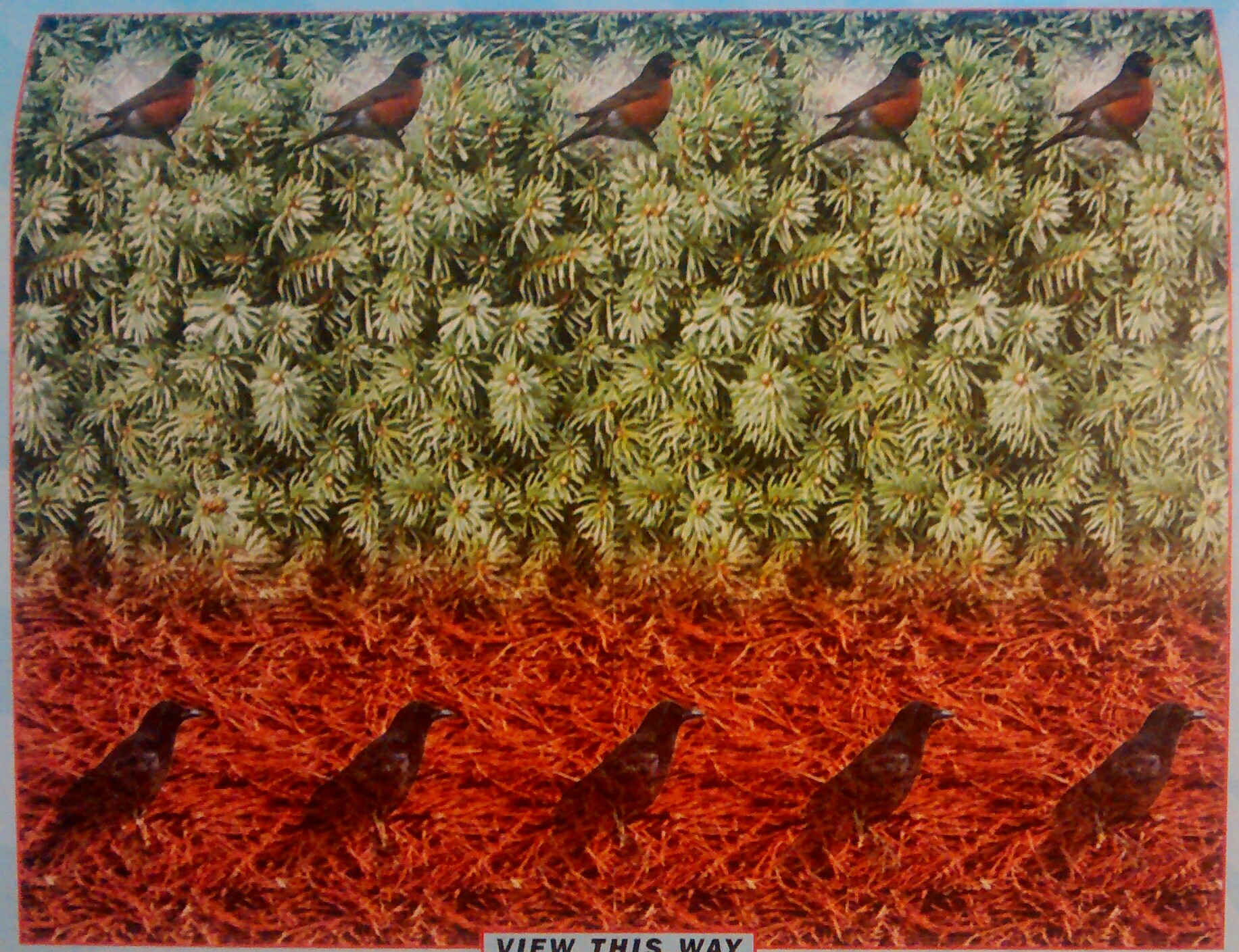In search of my research metaphor
PhDs, thesis writing, research, scoping the literatures – I’ve heard these processes likened to ‘journeys’ or ‘giving birth’. I imagine that this is because they take a long time, you don’t know what’s going to happen along the way, and the final push/destination could yield unimaginable joy or utter disappointment and exhaustion.
Neither metaphor works for me.
The PhD as a journey doesn’t quite work for the reasons given by Thomson and Kamler in their really relevant book Detox your Writing. For example, the idea that a journey is a quest that comes to an end and leads to a ‘treasure’ (page 41) is misleading as far as a thesis is concerned, at least for me. Not that I am near my destination yet, but I am close enough to imagine the end, and right now, it feels like when I do get there, there will be lots more travelling and lugging around of heavy baggage. But yes. A little rest at the end is hopefully there, too.
As for giving birth, well, no. Having done that, I can guarantee that this feels nothing like being pregnant or giving birth, in any sense or at any stage in the process, from conception to delivery. A PhD also takes longer than 9 months, for starters.
Kamler and Thomson offer other metaphors, such as doing research is like having ‘lunch with friends’ (page 42) or ‘making a table’ (page 43). The ‘lunch with friends’ conjures up the idea that you are in control, you decide who to cite, critique, group together, take a stand against. That might work in thinking about the choices needed to build a literature review. The ‘making a table’ is about not re-inventing the wheel. Others have made tables before you, so you can draw on that expertise. But you have agency in the shape, colour, size and purpose of the table/argument you are making.
Having 5 years of part-time research behind me, I am now trying to cohere what I have and decide how to fill in the missing bits. This still involves an awful lot of seeing too many trees and very little of the wood. Exactly what I am saying and what I eventually want to say – my take home message, my ‘So what ….? (page 88) – keeps going in and out of focus.

So, I’ve come up with my own metaphor for this particular stage of writing the PhD: the 3-D stereogram. If you look at the picture superficially, you see a lot of minute detail, a few recognisable shapes, but certainly not ‘the point’ or the ‘main focus’ of the picture.
To see ‘the point’ or ‘the main focus’ you need to do one or both of the following:
- hold the image close without trying to focus on it. Then step back slowly keeping your eyes relaxed. The ‘point’ should jump out at you;
- stand about an arm’s length away from the image and focus on something behind it. Shift your field of vision to the picture without shifting your focus. You should now see the ‘point’.
Some see the picture very quickly, others take time to see it. Some never will. It is difficult to see it, but with patience and practice, it can be seen. There may also be other ways to finally visualise it.
